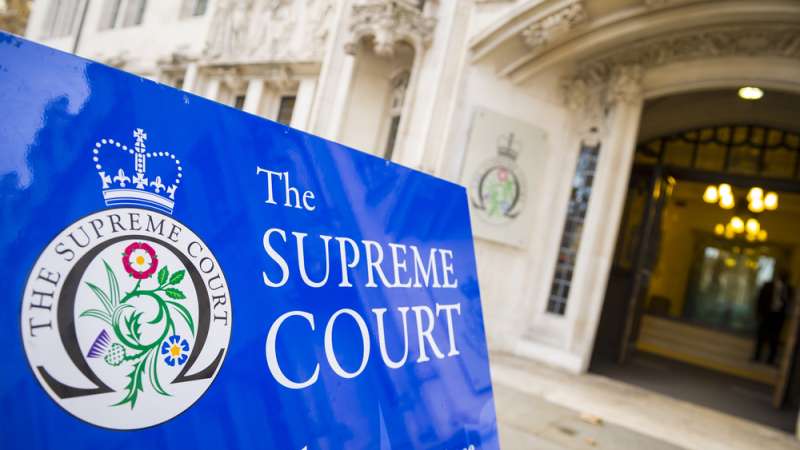Section 11 of the Equality Act 2010 states:
In relation to the protected characteristic of sex -
(a) a reference to a person who has a particular protected characteristic is a reference to a man or to a woman;
The Equality Act 2010 offers no further definition of what a man or a woman is and makes no reference to biological sex or to gender recognition certificates.
The Supreme Court, however, held that s11 of the Equality Act 2010 was clear that sex was a binary issue – either man or woman.
The Court then further examined s17 Equality Act 2010, which states, in relation to pregnancy and maternity discrimination, that:
"Treating a woman unfavourably because she has given birth includes, in particular, a reference to treating her unfavourably because she is breastfeeding".
The Court held that as this section can only protect biological women and excludes biological men who cannot give birth or breastfeed, references to women would only make sense if sex has its biological meaning.
Section 12 of the Equality Act 2010 includes the protected characteristic of sexual orientation and references heterosexuality, homosexuality and bi-sexuality.
The Court held that if a person can change their sex (and, therefore, their sexual orientation) through having a gender recognition certificate, the concept of sexual orientation is "rendered meaningless" and would affect the autonomy and dignity of organisations based on a specific sex or sexual orientation, such as lesbian organisations, who would be required to admit a trans woman who was attracted to women before and after obtaining a gender recognition certificate.
While the ruling clarifies the legal definition of "woman" under the Equality Act, it does not negate the broader anti-discrimination protections afforded to transgender individuals with the judgment stating:
"A man who identifies as a woman who is treated less favourably because of the protected characteristic of gender reassignment, will be able to claim on that basis. A man who identifies as a woman who is treated less favourably not because of being trans (the protected characteristic of gender reassignment), but because of being perceived as being a woman, will be able to claim for direct sex discrimination on that basis."











